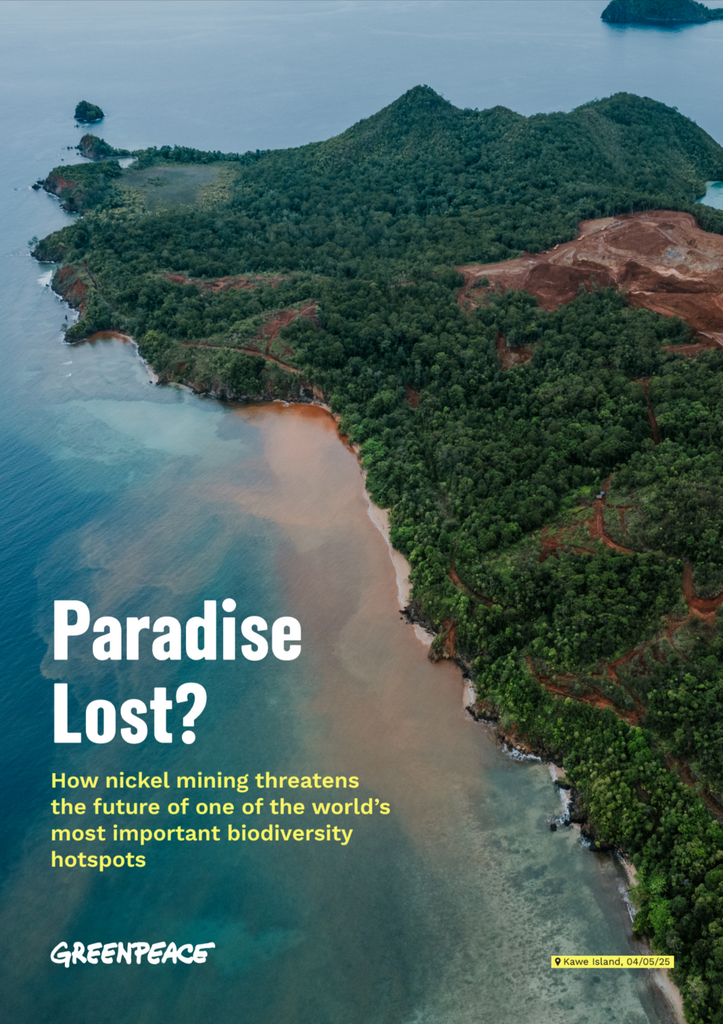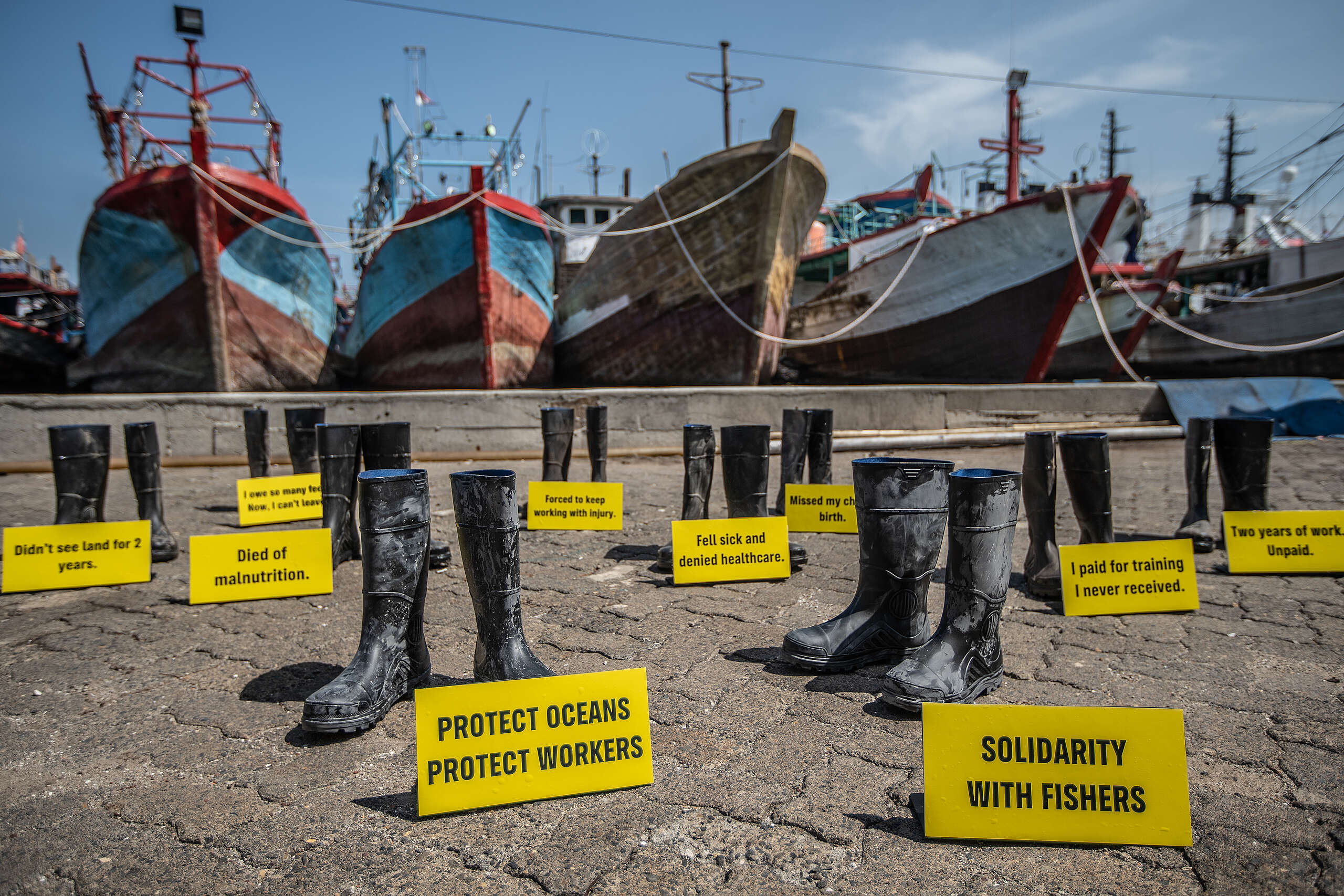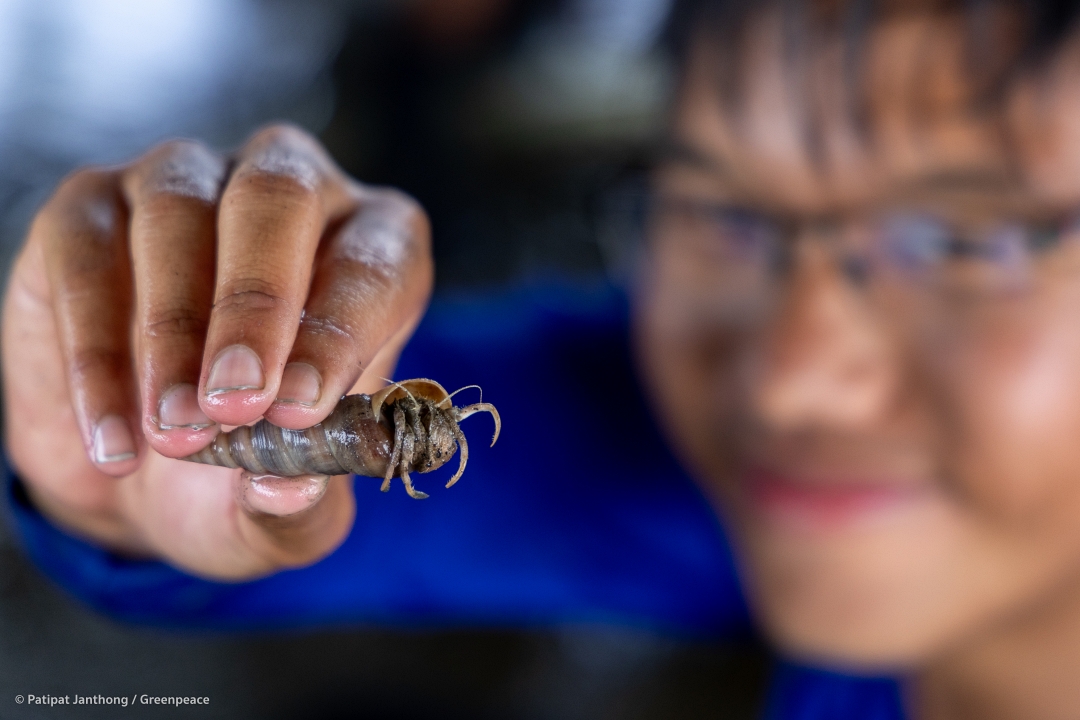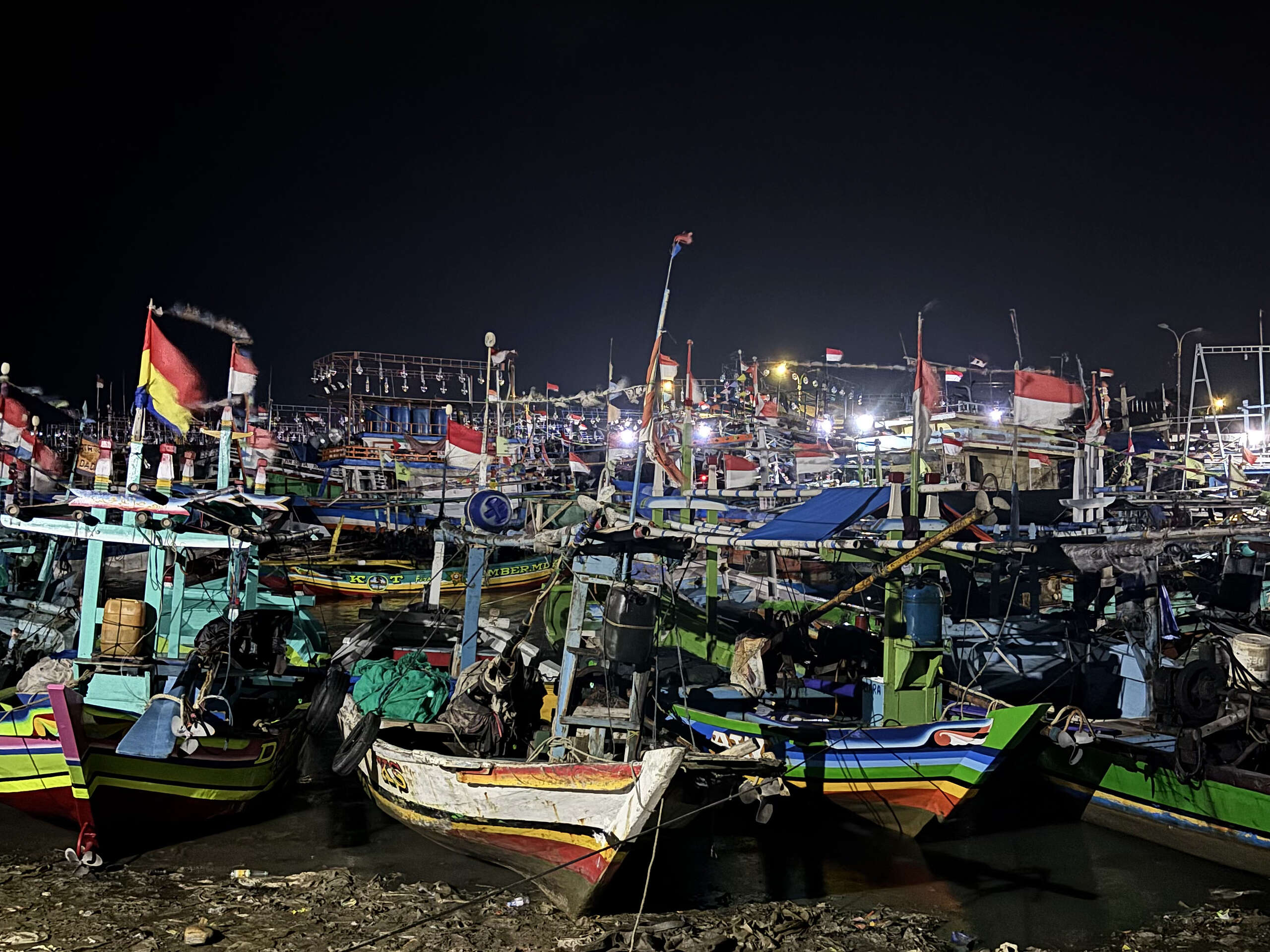How nickel mining threatens the future of one of the world’s most important biodiversity hotspots

Raja Ampat is famous for its tropical islands, waters teeming with marine life, karst formations and pristine forests. It has become a ‘bucket list’ destination for Indonesian tourists and for divers from around the world. The view from one of its most famous locations, Piaynemo, has pride of place on Indonesia’s one hundred thousand rupiah note.
Meanwhile, in the eyes of conservation experts, the islands of Raja Ampat and the coasts of West Papua are ‘the heart of the coral triangle’ and are considered ‘the epicentre of marine biodiversity.’ Raja Ampat is also home for communities of Indigenous West Papuans who have lived in the region for generations. These communities live in accordance with their traditional ways that are closely connected with the marine and coastal forest ecosystems in this area.
Devastatingly, a threat has emerged to this ‘Last Paradise on Earth’, as the nickel mining industry expands into the region, bringing huge risks to the environment, local livelihoods and to the future of Raja Ampat as a tourism destination. The ‘Paradise Lost?’ investigation by Greenpeace Indonesia reveals the full scale of the threat nickel mining poses.
Read the full report: Paradise Lost? How nickel mining threatens the future of one of the world’s most important biodiversity hotspots



